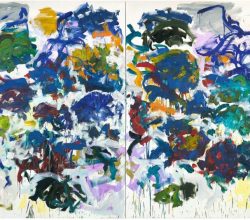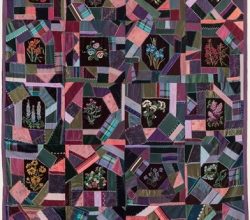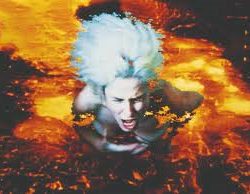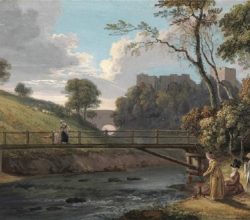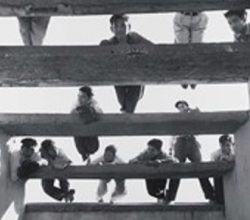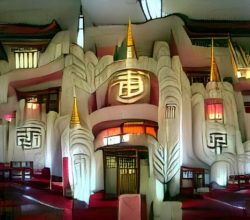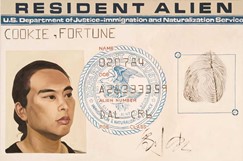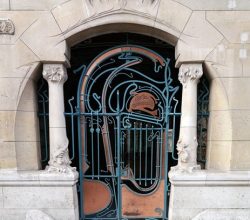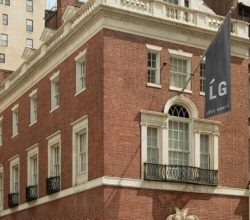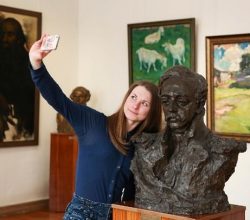
9/11: Trials And Triumphs Of The ‘Tribute In Light’
Christian Viveros - Faune | The Village Voice | 5th September 2021
Each year on the anniversary of 9/11, two towers of light are switched on in New York city. These “ghostly columns” shine from dusk to dawn and are a notable piece of public art. Leaving aside the squabbles about who first came up with the idea for the memorial, what stands out is the idea that, in a crisis, people wanted “a powerful artwork”. One writer, looking at the square rigs of spotlights, says ”I could not avoid the sensation that it was a church”.

